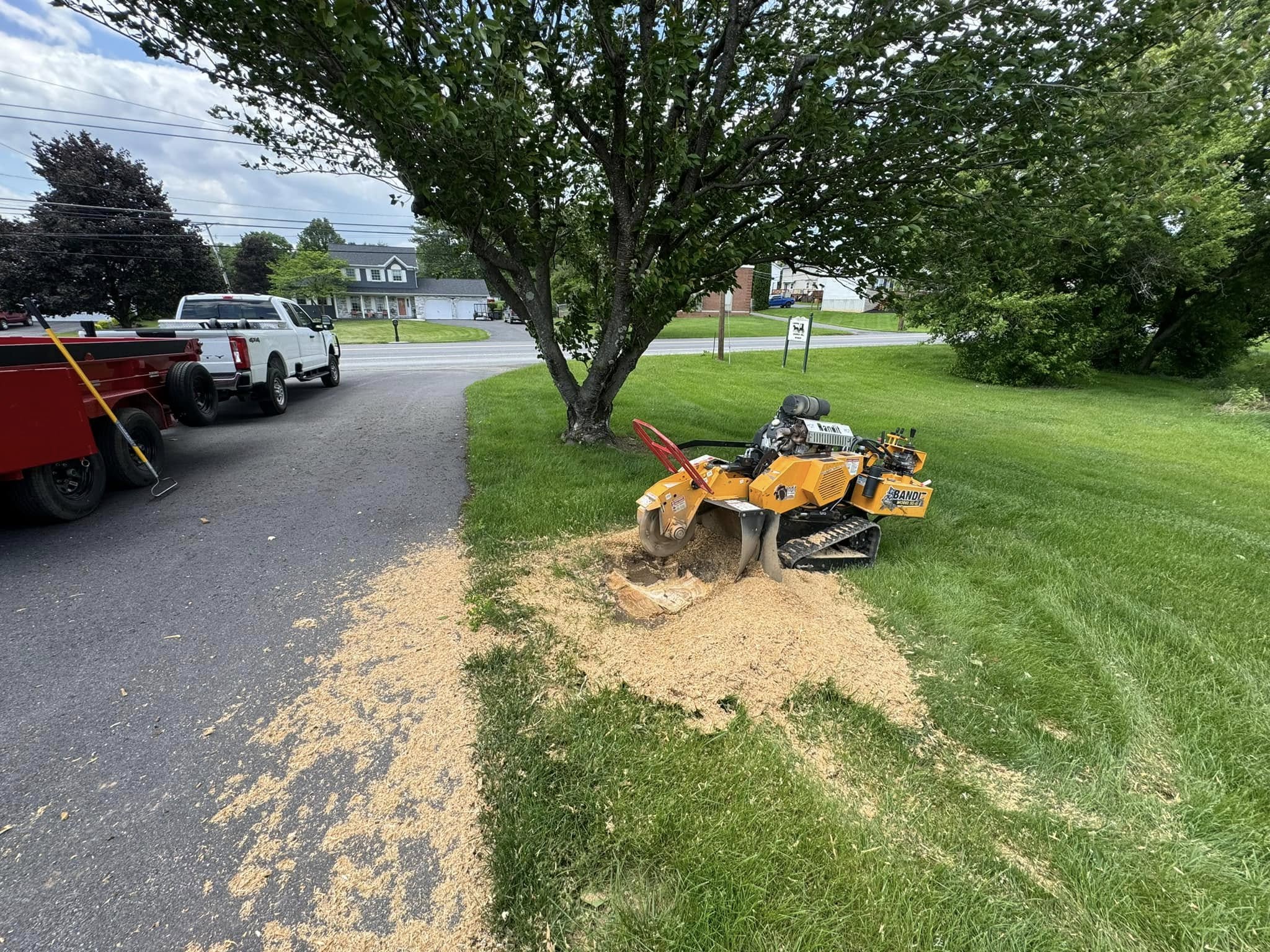
How to Identify and Treat Common Tree Diseases Oct 04, 2025
First, it's crucial to identify the signs of tree diseases early. Look out for unusual leaf coloration, such as yellowing or browning, as this can indicate problems like root rot or chlorosis. Keep an eye on the bark for abnormalities like cracks or ooze, which could signify bacterial infections. Additionally, watch for mushrooms growing at the base of the tree since they often point to root or heart rot issues.
The most common tree diseases include anthracnose, Dutch elm disease, and powdery mildew. Anthracnose primarily affects the foliage, causing brown spots and premature leaf drop. Dutch elm disease, on the other hand, is a lethal fungus that blocks water movement in trees, usually identifiable by wilting leaves and thinning crowns. Powdery mildew appears as a white or gray powder on leaves, commonly seen in humid conditions.
Treating these diseases involves a multifaceted approach. Start with maintaining overall tree health, as a robust tree can fend off infections more efficiently. Ensuring proper watering and fertilization is vital. For anthracnose, prune affected branches and rake fallen leaves to prevent the spread of the fungus. Chemical fungicides might be necessary for severe cases and should be applied by a professional arborist.
Dutch elm disease necessitates immediate intervention. Remove infected trees promptly to prevent the spread, especially because the disease can transfer through root connections to nearby healthy trees. If caught early, hybrid elms resistant to the fungus can be planted to replace affected trees, helping to sustain the tree canopy over time.
To combat powdery mildew, increase airflow around the tree by pruning dense canopy growth. Applying a horticultural oil or fungicide can help manage the condition, but it’s crucial to choose the right treatment to avoid harming the tree or surrounding wildlife.
Preventing tree diseases starts with good maintenance practices. Regular inspections by professionals like Beckenbaugh Tree & Lawn Service ensure early detection of potential issues. Mulching helps retain soil moisture and enhances root health, while properly spaced planting reduces competition for resources and improves air circulation, diminishing the chances of disease spread.
Educating yourself about trees’ specific needs can make a significant difference. Comprehending the climate, soil conditions, and typical local pests will allow you to tailor your tree care approach for optimal results.
In conclusion, understanding and addressing tree diseases promptly not only saves individual trees but preserves the larger ecosystem. With a proactive approach to tree health, facilitated by experts like Beckenbaugh Tree & Lawn Service, your trees can thrive for generations. Remember, healthy trees lead to a healthier environment for all. Invest in their care and they will continue to provide beauty and benefits for years to come.
/filters:no_upscale()/filters:format(webp)/media/6bb73a7f-dd18-4e34-ae3a-bf14a0a13c9a.jpeg)